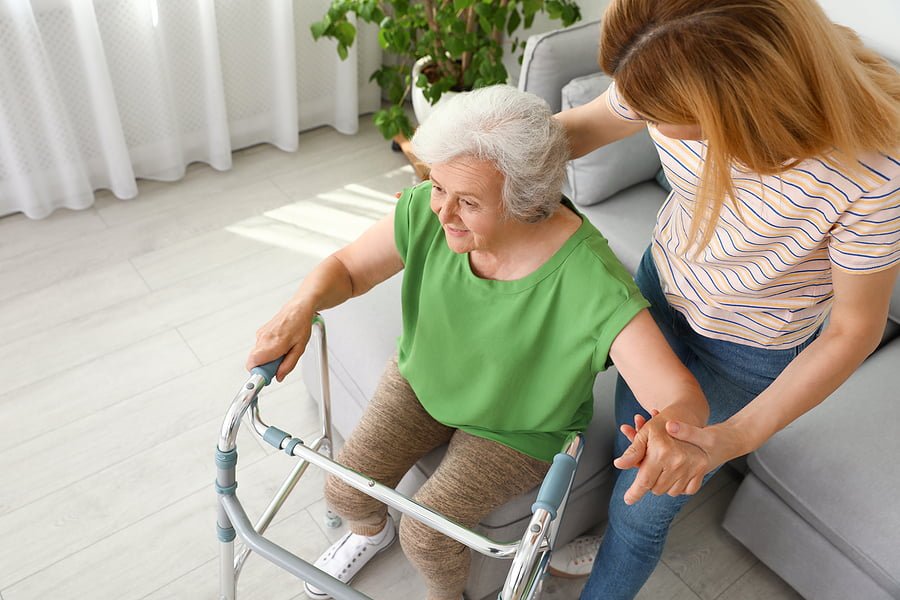
Comparing Different Tools To Maintain Balance And Mobility
One of the key parts of maintaining your physical health as you age is a mobile and active lifestyle.
In fact, a study into the causes of loneliness for retired people found that the biggest factor that caused people to feel lonely was not their age or where they lived but instead was related to their level of physical mobility.
Because of this, there are many different aids to mobility that are offered that can help people maintain their balance, boost their ability to push off or get purchase on the ground, and ensure they can continue to live their best life.
Here are some of the most common mobility aids and how they help people.
Trekking Poles
Sometimes confusingly known as walking sticks, trekking poles are primarily used for hiking and trekking by people of all levels of physical health and mobility, but they can also be used to maintain balance on uneven terrain.
There is also an effective type of exercise known as Nordic walking which uses the poles to help work the upper body during hikes and treks in a manner similar to cross-country skiing.
Walking Cane
Sometimes known as a walking stick, a cane is one of the most common and simple mobility aids, and in the past consisted of a stick that could be used to help maintain balance or help people stand after sitting or lying down.
Canes have evolved significantly, and modern canes have more in common with lightweight telescopic crutches than the walking sticks of old, although wooden canes with rubber shoes are still available.
However, improvements in ergonomics have created more specialised canes designed to help improve weight distribution and balance. These canes, sometimes known as quad-canes, have four rubber-shoed feet which provide a wider base that prevents any possible slip.
Zimmer Frame
Before the widespread distribution of quad-canes, the zimmer frame (or walker) was the primary aid to help with balance, weight distribution and stability.
A zimmer frame has four legs, with either flat shoes that you pick up and move, or wheels that are tilted up as you move.
Unlike a cane, they are easier to balance as they do not rely on leaning to one side, although as a consequence they also need both hands to use.
Rollators
An aid that acts as a middle ground between a wheelchair and a zimmer frame, rollators have four wheels, are pushed rather than lifted and contain a seating platform, allowing for someone to rest.
They primarily help with balance but are primarily aimed at helping people who are managing conditions that stop them from standing for long periods of time and help to encourage regular physical activity.
Wheelchairs
Regardless of the level of mobility, being able to travel and be part of the local community is especially important, and there is a range of wheelchairs available to suit different levels of mobility.
From people who can walk but struggle with walking for long periods, to people who are disabled but still have upper-body mobility, getting out with a wheelchair can allow people to maintain an independent, active and social lifestyle.
For more information on these and other available mobility aids in Reading, get in touch today.

